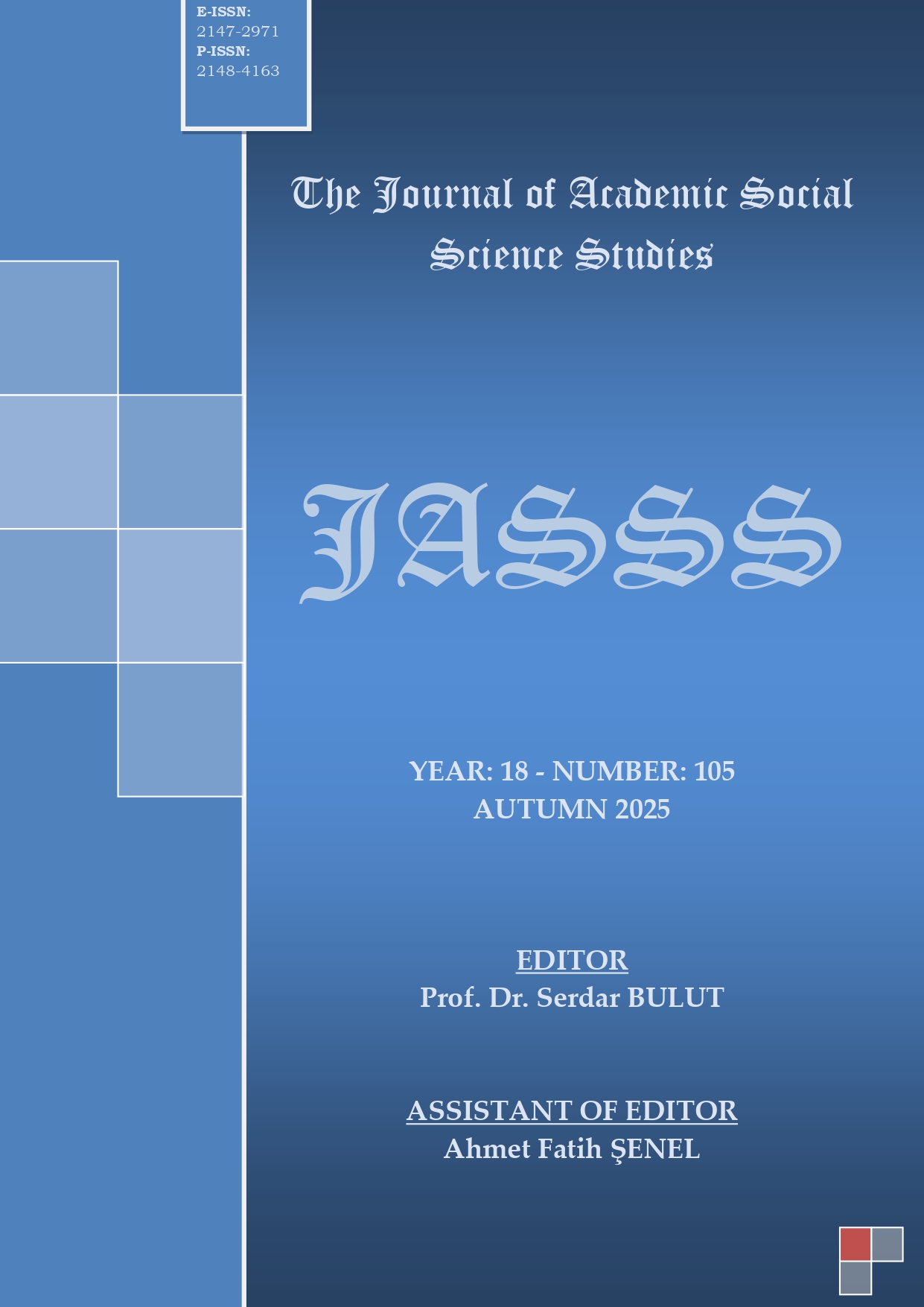1923-1960 ARASI TÜRKİYE CUMHURİYETİ MİMARLIĞINDA MODERN YAPI MALZEMELERİ VE TEKNİKLERİNİN YERELLEŞMESİ
Author :
Abstract
Yapı malzemeleri ve yapım teknikleri, mimarlığın biçimsel karakterini belirlemede büyük önem taşımakta, mimarlık tarihinde üslupları tanımlamada veya uluslararası mimari üretimleri ilişkilendirmede öne çıkmaktadır. 19. Yüzyılda Avrupa’da endüstri devrimi ile ortaya çıkan yeni malzemeler ve yapım teknikleri, Osmanlı Devleti’nde devlet yapı üretim biçimleri ve yapı ihtiyacına bağlı olarak farklı bir yayılım göstermiştir. 20. Yüzyıl ilk yarısı boyunca yapı inşaatlarında, yeterli kapasitede dökme demir, çelik, büyük levha cam, beton gibi yeni malzeme endüstrisinin kurulamaması nedeniyle Avrupa devletlerinden ithal malzeme, makine ve uzman desteğinden yararlanılmıştır. Çoğunlukla devlet teşvikleri ve girişimleri yoluyla yapı malzemesi sanayisi ayakta tutulmuş, yapı üretiminde yeni malzemeler konusunda kurumsallaşmanın ve yerli kapasiteyi arttırmanın yolları aranmıştır. Makale kapsamında Türkiye Cumhuriyeti’nin kuruluşundan 1960 ihtilaline kadar olan süreçte yeni malzeme ve yeni yapım teknikleri; Türkiye mimarlığında ekonomik ve siyasi ortam, yapı malzemesi endüstrisi ve öne çıkan mimari örnekler bağlamında değerlendirilmiştir. Bu bağlamda 19. Yüzyılda Avrupa’da ortaya çıkan yeni malzemeler; betonarme, demir ve çeliğin Osmanlı Devleti’nde erken kullanımlarına değinilmiştir. Türkiye Cumhuriyeti’nin kuruluşundan itibaren değişen devlet politikaları ve yatırımlarının ortaya çıkardığı mimari üsluplar ve yeni tipolojiler, kullanılan malzeme bilgileri ile birlikte ele alınmıştır. İkinci Dünya Savaşı’nın ve ulusalcı ideolojilerin etkisiyle 1950’li yıllara kadar yerel ve geleneksel malzemelerin popülerleşmesi mimari aktörler ve öne çıkan üretimleri üzerinden incelenmiştir. Tek parti döneminden çok partili döneme geçiş ve yeni kapitalist sistemin getirisi; 1950 sonrası Uluslararası Üslup ve betonarmenin yaygınlaşması üzerinde durulmuştur. Çalışmada, Türk mimarlığında üsluplar göz ardı edilmeden, malzeme ve yapım tekniği odaklı, sürekli ve panoramik bir araştırmanın ortaya konması hedeflenmiştir.
Keywords
Abstract
Building materials and construction techniques are crucial in shaping a building's formal character and are key to defining architectural styles throughout history, as well as linking international architectural trends. In 19th-century Europe, the Industrial Revolution brought about new materials and techniques that spread differently in the Ottoman Empire. There, their adoption depended on the state's building production styles and specific construction needs. During the first half of the 20th century, the Ottoman Empire couldn't establish enough capacity to produce new materials like cast iron, steel, large plate glass, and concrete. Because of this, they had to import these materials, along with machinery and expert assistance, from European countries. The local building materials industry primarily survived through state incentives and initiatives, as the government actively sought ways to institutionalize and boost domestic production of these new materials for construction. This article evaluates the adoption of new building materials and construction techniques in Turkey from the Republic's founding until the 1960 revolution. It examines this adoption within the prevailing economic and political environment, the state of the construction material industry, and prominent architectural examples in Turkish architecture. The study first addresses the early use of 19th-century European innovations, specifically reinforced concrete, iron, and steel, within the late Ottoman Empire. It then discusses the architectural styles and new building typologies that emerged after the Republic's establishment, linking these directly to evolving state policies, investments, and the materials employed. The article explores how local and traditional materials gained prominence until the 1950s, influenced by World War II and nationalist ideologies. This section highlights key architectural figures and their notable works from this period. Finally, the text emphasizes the post-1950 shift from the single-party to the multi-party era, detailing how the new capitalist system facilitated the widespread adoption of the International Style and reinforced concrete. Overall, the research offers a continuous and panoramic view, focusing on materials and construction techniques while acknowledging the diverse architectural styles in Turkish history.





